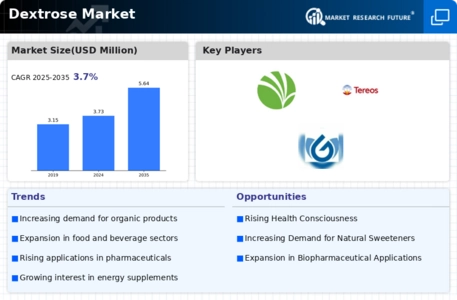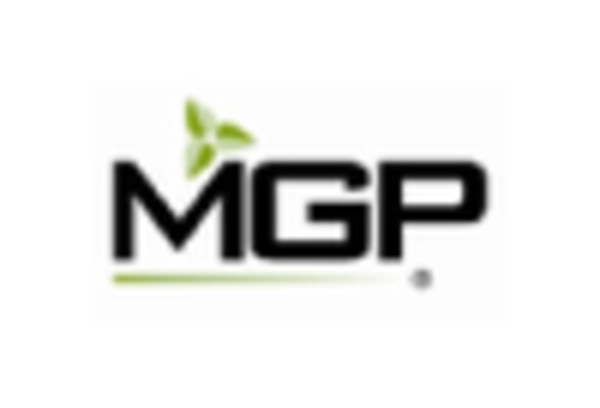Market Trends
Key Emerging Trends in the Dextrose Market
The market dynamics of the Dextrose industry reflect a complex interplay of factors influenced by changing consumer preferences, industrial applications, and global economic trends. Dextrose, a simple sugar derived from corn, serves various purposes, ranging from a sweetener in food and beverages to a source of energy in medical applications. One of the key drivers shaping the market dynamics is the increasing demand for natural and healthier sweeteners. With a growing awareness of health and wellness, consumers are seeking alternatives to traditional sugars, and dextrose, as a natural glucose, has gained traction as a substitute in various products. The clean label trend, emphasizing natural and easily recognizable ingredients, has further propelled the use of dextrose in the food and beverage industry.
The industrial applications of dextrose contribute significantly to market dynamics. In the pharmaceutical and medical sectors, dextrose is widely used in intravenous solutions to provide a source of energy. The versatility of dextrose as a carbohydrate makes it a crucial ingredient in medical formulations. Additionally, in the industrial sector, dextrose finds applications in the production of ethanol and as a fermentation substrate in the manufacturing of various biochemical products. The diverse range of applications positions dextrose as a versatile and indispensable ingredient in multiple industries, contributing to its overall market demand.
Global economic factors also influence the dynamics of the dextrose market. Fluctuations in the price of raw materials, such as corn, can impact the cost of production and, subsequently, the pricing of dextrose. Moreover, changes in economic conditions, trade policies, and supply chain disruptions can have cascading effects on the global distribution and availability of dextrose. The interconnectedness of the global economy plays a pivotal role in shaping market dynamics, with producers and consumers alike being sensitive to shifts in economic conditions.
The dynamics of the dextrose market are also influenced by technological advancements and innovations. As food and beverage manufacturers seek to enhance product formulations and meet consumer demands for better taste and texture, research and development in the field of sweeteners, including dextrose, continue to evolve. Innovations may include modified forms of dextrose with improved functional properties or novel applications in emerging food trends. The ability of manufacturers to stay at the forefront of technological advancements is crucial in maintaining a competitive edge in the market.
Regulatory considerations are another key factor in the dynamics of the dextrose market. As with any food ingredient, regulatory approval and compliance with safety standards are essential. Changes in regulations, labeling requirements, or health claims can impact the market by influencing consumer perceptions and shaping the product landscape. The dextrose market is subject to scrutiny and adaptation in response to evolving regulatory frameworks, requiring businesses to stay informed and compliant with the latest industry standards.
The sustainability and environmental impact of dextrose production also contribute to market dynamics. With an increasing focus on sustainable practices, consumers and businesses alike are seeking responsibly sourced ingredients and environmentally friendly production methods. Manufacturers in the dextrose industry are, therefore, under pressure to adopt sustainable practices, from sourcing raw materials to optimizing production processes, to meet the demands of an eco-conscious market.

















Leave a Comment